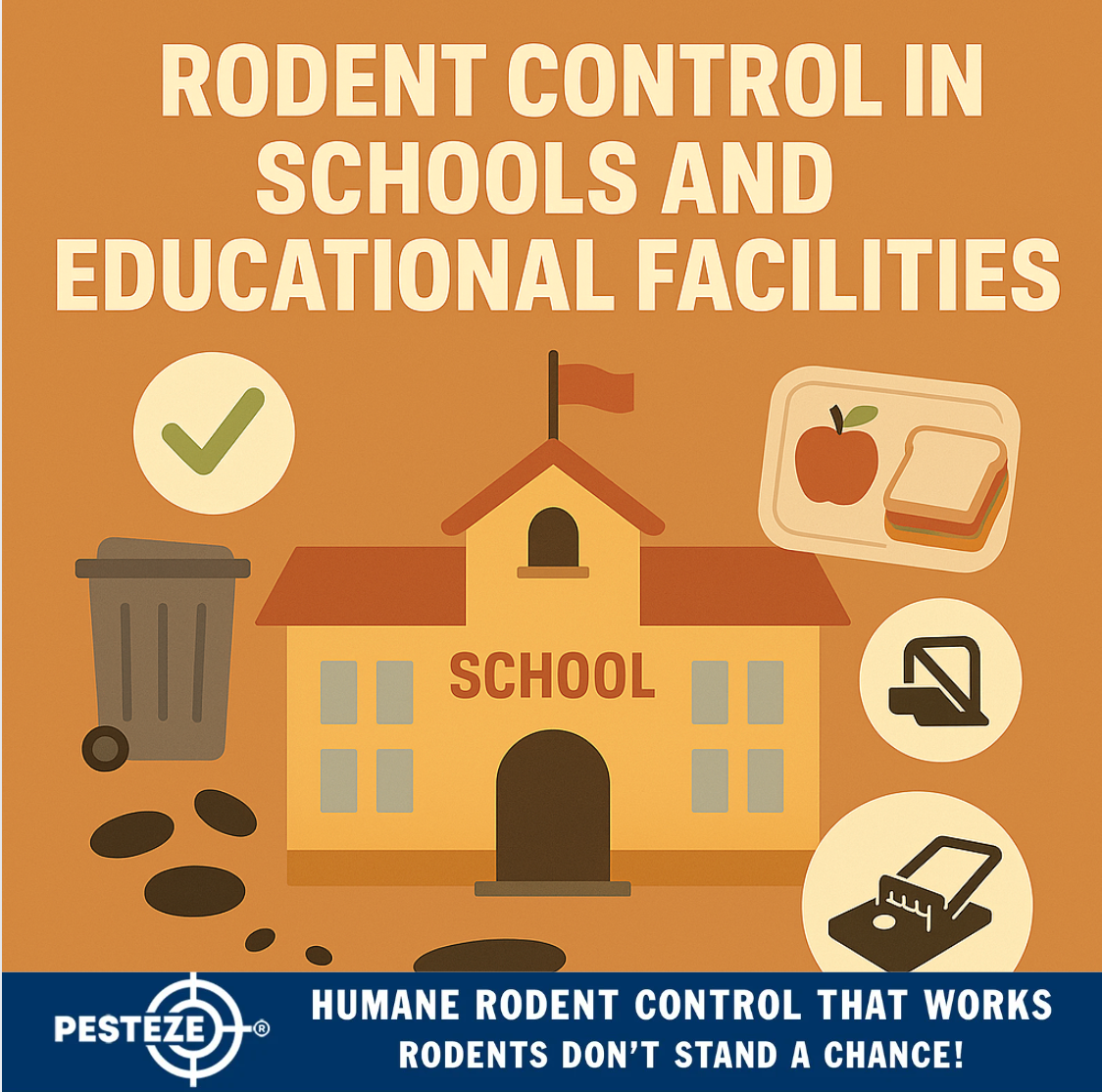RODENT CONTROL IN SCHOOLS AND EDUCATIONAL FACILITIES

RODENT CONTROL IN SCHOOLS AND EDUCATIONAL FACILITIES
SUMMARY
Schools and educational facilities must remain clean and safe for students and staff. This guide outlines strategies to prevent and control rodent infestations in learning environments.
FEATURES
-
Regular Inspections: Identify early signs of rodent activity.
-
Sealed Entry Points: Block cracks, vents, and utility lines.
-
Food Safety: Secure cafeteria storage and waste bins.
-
Sanitation Programs: Keep classrooms and kitchens clean.
-
Child-Safe Solutions: Use non-toxic repellents and traps.
-
Professional Services: Partner with pest control for compliance.
DESCRIPTION
Rodent infestations in schools and educational facilities are a serious concern because they compromise hygiene, food safety, and the well-being of students and staff. Prevention starts with regular inspections to detect early signs such as droppings, gnaw marks, or nests. School administrators should implement a routine inspection schedule to identify potential risks before they escalate.
Sealing entry points is another critical step. Rodents often enter through utility lines, vents, doors, and cracks in walls or foundations. Applying caulk, steel mesh, and weatherstripping ensures these access points are blocked, reducing the chance of infestation.
Food storage and waste management are especially important in schools where cafeterias serve hundreds of meals daily. All food should be kept in sealed containers, and waste bins should have tight-fitting lids. Garbage must be disposed of frequently to avoid attracting rodents.
Sanitation programs extend beyond cafeterias. Classrooms, gyms, and storage areas must remain clean and free of clutter. Crumbs, open snacks, or improperly stored supplies can invite rodent activity. Regular cleaning schedules and staff training help reinforce these standards.
Because schools involve children, rodent control methods must be safe and non-toxic. Enclosed traps, ultrasonic repellents, and natural deterrents are preferred over poisons. Professional pest control services that specialize in child-safe solutions should be consulted for compliance with safety regulations.
By combining inspections, sealed entry points, food and waste management, sanitation, child-safe control methods, and professional oversight, schools can maintain a rodent-free environment and protect the health of their communities.
- Saharsh Bansal


Comments 0